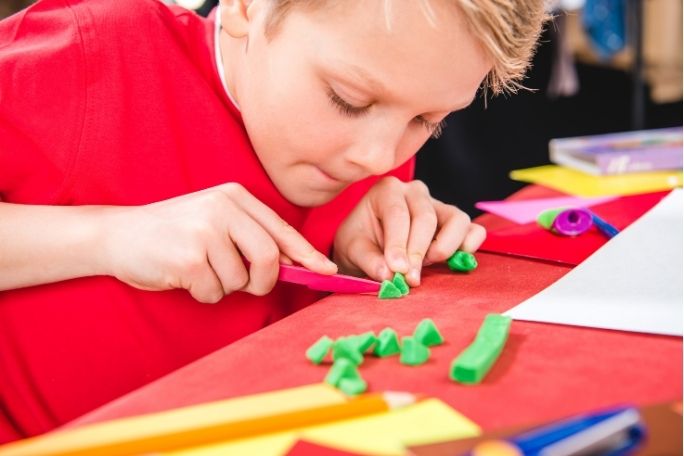Lesson summary
This is a STEAM lesson, which adds the Arts to STEM (Science, Technology, Engineering and Mathematics).
In this lesson, students consider the nature of organic farming and link it to home gardening practices. Students will then design and model a vegetable garden for their home or school using familiar craft materials.
Learning intentions:
Students will...
- understand how a home garden can grow their own organic produce.
Success criteria:
Students can...
- explain in their own words what organic produce is
- explain how they can grow their own organic produce
- design a vegetable garden for the home or school
- make use of familiar construction materials to develop a prototype of their vegetable garden design.
Lesson guides and printables
Lesson details
Curriculum mapping
We encourage you to teach STEAM both through and between disciplines (transdisciplinary).
This lesson could be used across multiple strands of the curriculum, including Science, Maths, and Visual Arts. Consider focusing on a curriculum strand that will complement other areas of learning you and your students are working on.
Syllabus outcomes: ST1-10LW, ST1-11LW, ST1-9ES, STe-5WT, STe-9ME, STe-10ME, ST1-5WT, ST1-10LW, ST1-11LW, ST1-12MW, ST1-13MW, ST1-14BE, ST1-15I, ST1-16P, VAS1.1, VAS1.2, MA1‑1WM, MA1‑3WM, MA1-9MG, MA1-11MG, MA1-14MG, MA1-15MG.
General capabilities: Literacy, Numeracy, Critical and Creative Thinking.
Cross-curriculum priority: Sustainability
Time required: 120 mins.
Level of teacher scaffolding: Medium – students’ competency in completing the construction element of this task will depend on their experiences with creating models and the level of development of their fine motor skills.
Resources required
- device capable of presenting a video to the class
- Organic Farm Worksheet (one per student)
- Vegetable Garden Design Challenge Sheet (printed A3 or projected for the class to view)
- Vegetable Garden Design Sketch Worksheet (one per student)
- Vegetable Garden Reflection Questions (printed A3 or projected for the class to view)
- icy-pole sticks, pre-cut into 10, 5 and 3 cm lengths
- scissors for the teacher to cut icy-pole sticks
- tacky glue (recommended one bottle per 3 students). Unlined Boxboard (one sheet per student)
- art Smocks (one per student)
- fine tip markers (optional)
- extra Icy-pole sticks (optional)
- Icy-pole Construction Sheet (optional).
Skills
This lesson is designed to build students’ competencies in the following skills:
- communication
- creativity
- critical thinking
- cultural understanding
- ethical understanding
- problem solving
- social skills.
Additional info
This is an original Cool+ lesson.


Welcome back!
Don't have an account yet?
Log in with:
By signing up to Cool.org you consent and agree to Cool's privacy policy to
store, manage and process your personal information. To read more, please see
our privacy policy here(Opens in new tab).
Create your free Cool.org account.
Many of our resources are free, with an option to upgrade to Cool+ for premium content.
Already have an account?
Sign up with:
By signing up to Cool.org you consent and agree to Cool's privacy policy to
store, manage and process your personal information. To read more, please see
our privacy policy here(Opens in new tab).